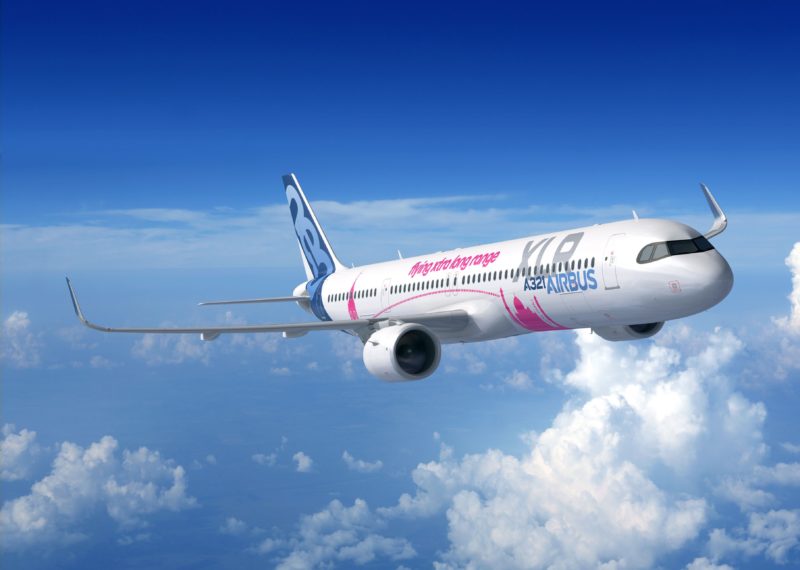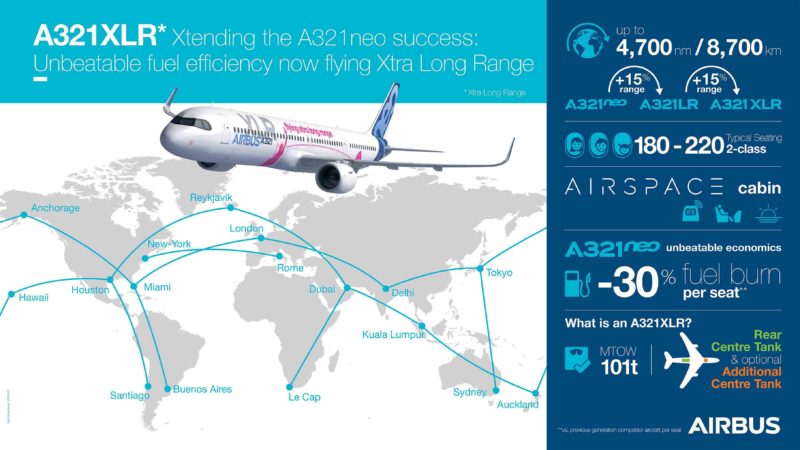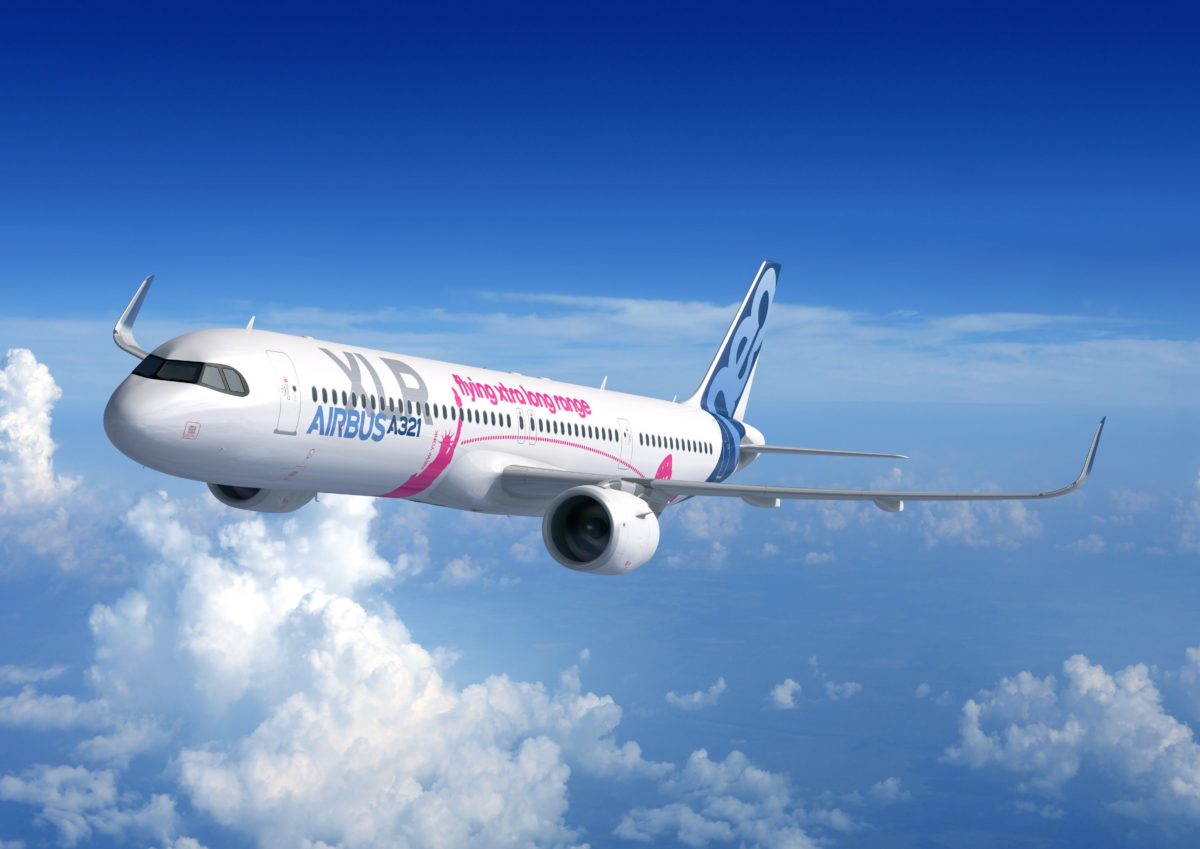Airbus is facing a challenge in fulfilling the range it promised airlines with its new ultra-long-range A321XLR narrow-body jet due to the design safeguards required for certification.
While the aircraft was initially supposed to commence passenger service in 2023, the A321XLR has encountered delays in its certification process, leading to a postponement until 2024.
The A321XLR‘s design includes an additional rear central fuel tank moulded into the fuselage’s contours to create more space for fuel and extend the range by 15% compared to Airbus A321LR. However, the European Union Aviation Safety Agency (EASA) expressed concerns about the risk of fire and evacuation times in the event of accidents, leading to discussions about necessary design changes for certification. This led to a delay in the certification process.

Required Modifications
According to a recent report by Reuters, Airbus and the EASA have now reached an agreement regarding design safeguards necessary for certification. The required modifications entail the addition of a special protective liner to be added to the rear fuel tank and the implementation of other reinforcements.
Airbus Executive vice-president for programmes Philippe Mhun told FlightGlobal in an interview that Airbus had reached an agreement with EASA on a basis for certification including the design of the new fuel tank.
“They’re not completely, at the same time, reflecting the final configuration that we agreed with EASA. We had to exchange with the authority, taking their inputs in terms of improving the technical baseline of the aircraft. We have agreement now on the technical baseline.”
Philippe Mhun told FlightGlobal
“The flight-test aircraft will reflect, at some point in time, the structural reinforcement and internal [fuel-tank] liner that we agreed on,” Mhun continued.
Reduction of Maximum Range
Unfortunately, these structural changes have resulted in an increase of approximately 700 to 800 kilograms in the aircraft’s weight, compared with earlier estimates of 200 to 300 kilograms. Consequently, this increase in the aircraft’s weight would reduce the maximum range, which Airbus initially stated at 4,700 nautical miles (8,700 kilometres).
According to industry sources, the changes will likely reduce the A321XLR’s range by about 200 nautical miles (370 kilometres), bringing it closer to 3,800 to 4,000 nautical miles in normal operations.

This range reduction is particularly concerning for airlines like JetBlue, which is expected to be among the first users of the A321XLR. JetBlue aims to utilize these planes to open routes in Latin America or extend flights deeper into Europe. However, the company has not yet responded to inquiries for comments on the matter.
Despite the challenges, Airbus remains confident that the A321XLR will achieve certification by the end of the year and plans to deliver the first aircraft in the second quarter of 2024. Airbus says that the range reduction is “minimal” and that the A321XLR will still be a “very competitive aircraft”.
“Airbus expects no significant impact on the XLR’s unique range advantage in the single-aisle segment.”
Airbus spokesperson told Reuters

However, Airbus has reportedly initiated discussions with certain A321XLR customers, exploring the possibility of replacing their A321XLR orders with the larger A330neo aircraft, particularly in cases where the performance gap could significantly impact the reasons behind airlines’ initial orders.




